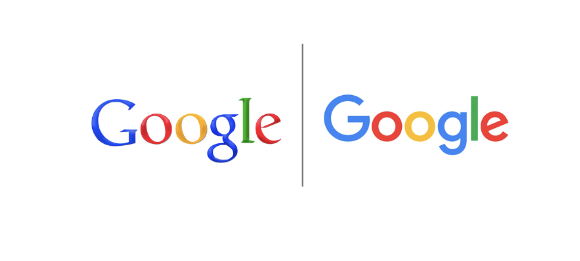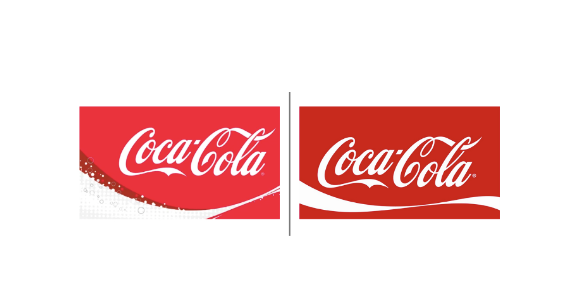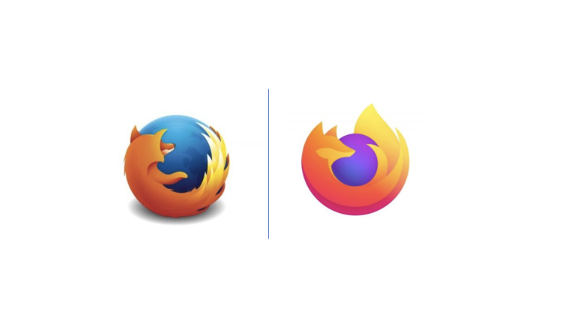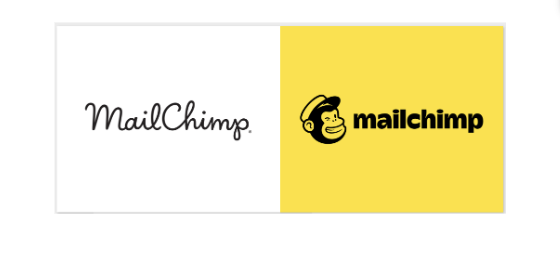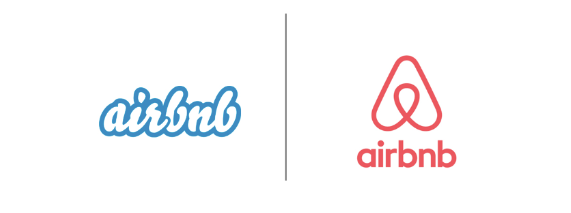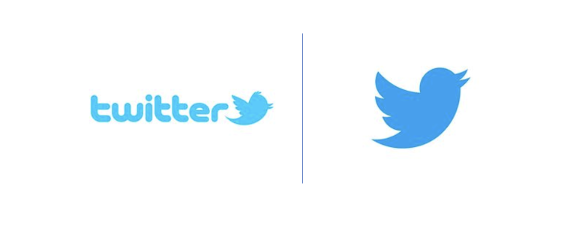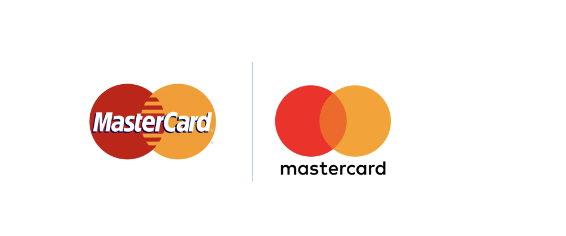Email marketing remains one of the most effective ways to connect with your audience, drive engagement, and boost conversions. However, the success of your email campaigns heavily relies on the design and content of your emails. At Designkroo, we understand the nuances of crafting compelling email campaigns that not only capture attention but also deliver results. Here are some best practices to help you design effective email campaigns:
1. Start with a Clear Objective
Before diving into the design, define the goal of your email campaign. Are you aiming to drive traffic to your website, promote a new product, or nurture leads? Having a clear objective will guide your design choices and ensure that your email has a focused message.
2. Craft a Compelling Subject Line
Your subject line is the first thing recipients see, and it determines whether they will open your email. Make it attention-grabbing, concise, and relevant to the content. Personalization, such as including the recipient’s name, and creating a sense of urgency or curiosity can significantly boost open rates.
3. Use a Clean and Professional Layout
A cluttered email can overwhelm recipients and dilute your message. Use a clean and professional layout that aligns with your brand identity. Break up content into sections with clear headings, subheadings, and bullet points to enhance readability. Ensure that your design is mobile-friendly, as a significant portion of email opens occur on mobile devices.
4. Incorporate Visual Elements Wisely
Visual elements such as images, graphics, and videos can make your email more engaging. However, use them sparingly and ensure they support your message. High-quality images relevant to your content can capture attention, while infographics and videos can convey complex information quickly. Avoid large image files that can slow down loading times.
5. Ensure Consistent Branding
Your email should reflect your brand’s identity to build recognition and trust. Use your brand’s colours, fonts, and logo consistently throughout the email. This not only enhances your brand image but also creates a cohesive experience for your audience.
6. Craft Engaging Content
Content is king in email marketing. Write concise, compelling copy that resonates with your audience. Use a conversational tone and focus on the benefits to the recipient rather than just promoting your product or service. Personalize the content where possible to make it more relevant to the reader.
7. Include a Strong Call-to-Action (CTA)
A clear and compelling CTA is crucial for driving conversions. Use action-oriented language that encourages recipients to take the desired action, whether it’s clicking a link, downloading a resource, or making a purchase. Place the CTA prominently and ensure it stands out, using contrasting colours or bold text.
8. Optimize for Deliverability
To ensure your emails reach the inbox and not the spam folder, follow best practices for deliverability. Use a reputable email service provider, maintain a clean email list, avoid spammy language and excessive exclamation marks, and include a clear unsubscribe option.
9. Test and Optimize
Testing is key to understanding what works best for your audience. Conduct A/B tests on various elements such as subject lines, content, images, and CTAs. Analyze the results to identify patterns and optimize future campaigns. Regularly review metrics like open rates, click-through rates, and conversion rates to measure performance.
10. Segment Your Audience
Not all recipients are the same, and a one-size-fits-all approach rarely works. Segment your email list based on factors such as demographics, past behaviour, and engagement levels. Tailor your content to each segment to make your emails more relevant and engaging.
11. Leverage Automation
Email automation allows you to send timely and relevant emails based on user actions or predefined triggers. Use automation to nurture leads, send personalized follow-ups, and maintain consistent communication with your audience. Automated emails can significantly improve engagement and conversion rates.
12. Respect Privacy and Compliance
Ensure your email campaigns comply with privacy laws such as GDPR and CAN-SPAM. Obtain explicit consent from recipients before adding them to your list, provide a clear option to unsubscribe, and respect their privacy. This not only keeps you compliant but also builds trust with your audience.
Conclusion
Designing effective email campaigns is both an art and a science. By following these best practices, you can create emails that not only look great but also achieve your marketing objectives. At Designkroo, we specialise in creating visually appealing email templates that capture attention and encourage engagement for platforms. Subscribe today or start a free trial to experience our services, and let’s create magic together.
